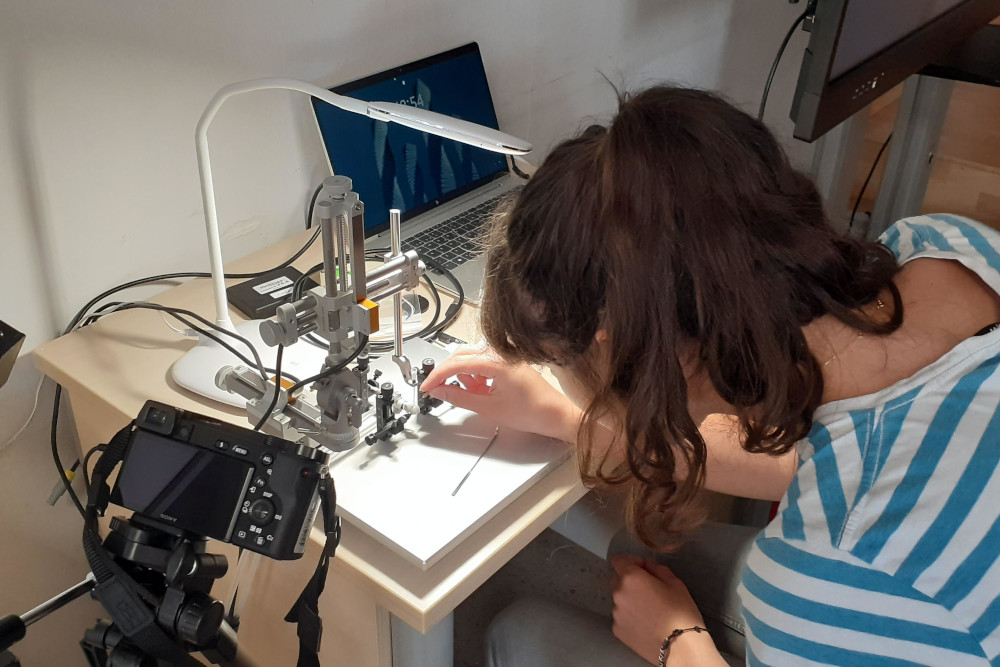Newsroom
Search results
Showing matches with:
A study published in Nature, involving Dr. Lizcano's laboratory, reveals the mechanism by which polyamines guide cellular decisions
14 01 2026
The work reveals that these metabolites bind to specific protein domains and act as a shield against modifications to their structure.

Eight projects led by Institute researchers, selected to receive funding from the Generación de Conocimiento 2024
27 11 2025
Eight projects led by researchers from the Institute have been selected to receive funding from the Generación de Conocimiento 2024 program of the Spanish State Research Agency (AEI), the Ministry of Science and Innovation (MICINN), and the European Regional Development Fund (ERDF).
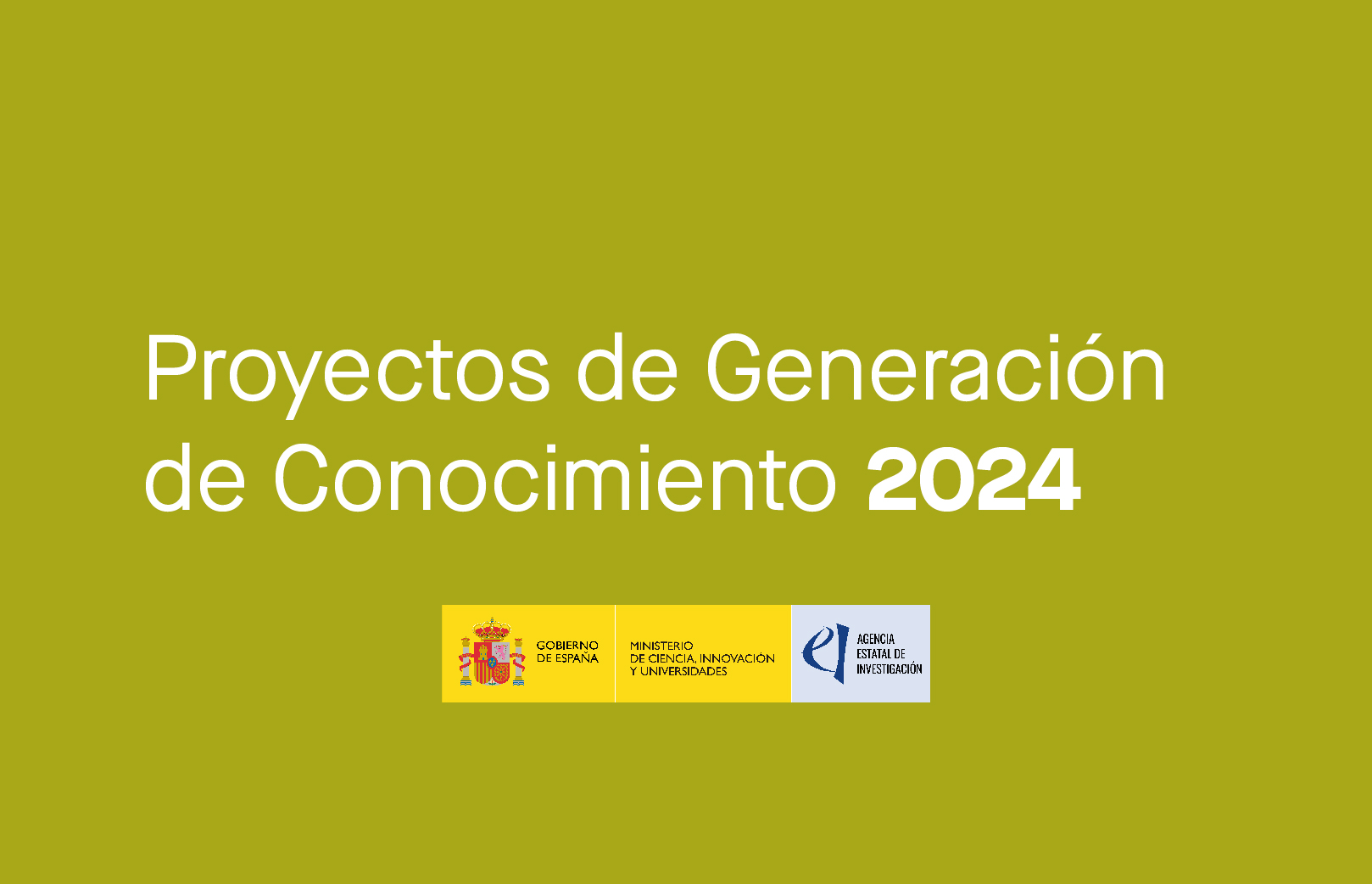
An Institute Project Recognized in the 2025 Health Research Call by the La Caixa Foundation
20 11 2025
Led by Dr. Albert Quintana, the project proposes an innovative approach to improve the treatment of mitochondrial diseases.
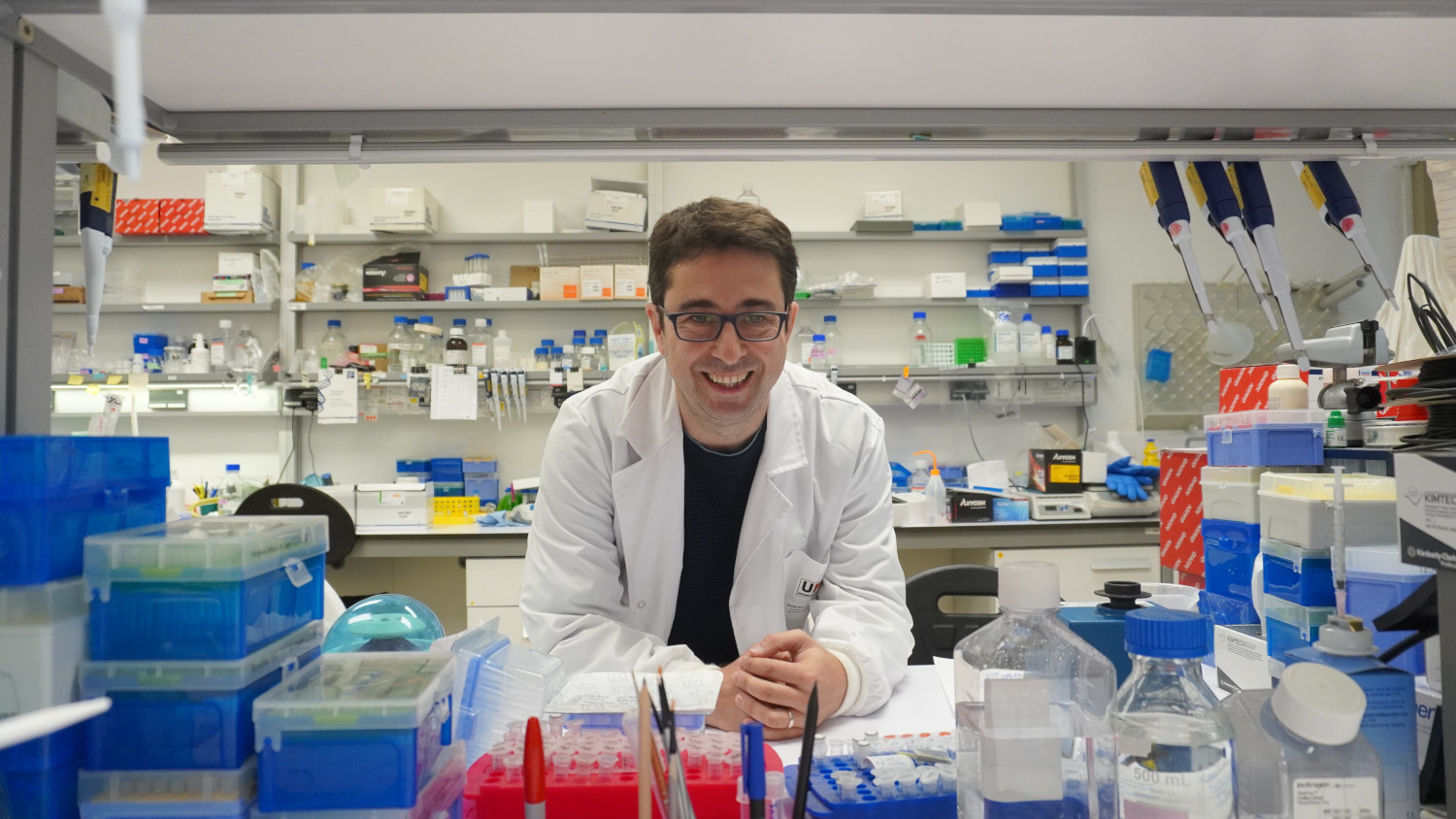
Mitochondrial epilepsy could originate in a specific group of brain neurons
27 10 2025
A team led by Dr Albert Quintana has for the first time identified the mechanism behind a potentially fatal type of epilepsy, a symptom of mitochondrial diseases. The discovery, based on mice models, challenges the traditional idea that these disorders are caused by a generalised energy deficiency and instead reveals a precise disfunction in specific brain circuits.
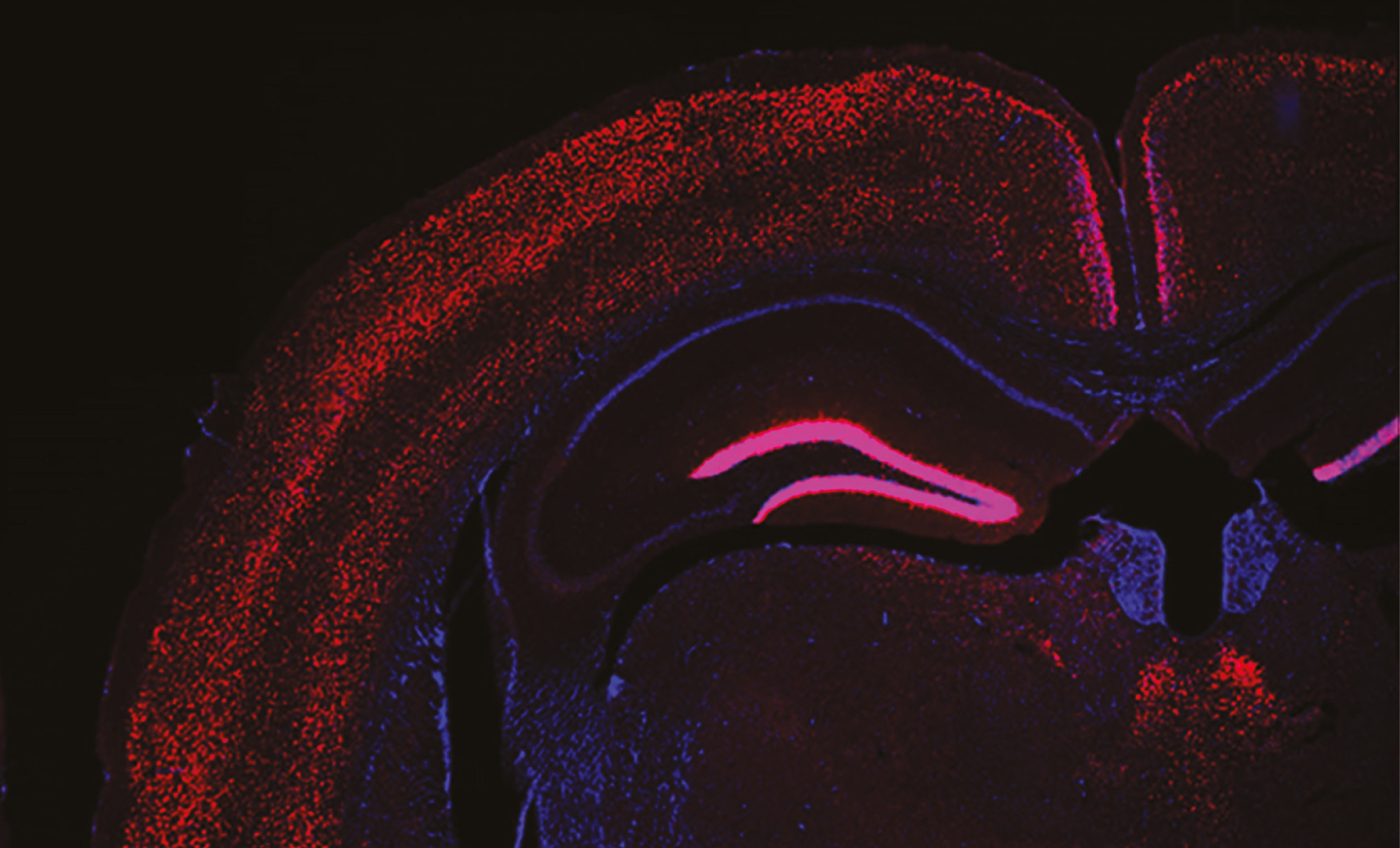
Manifesto for Brain Research
23 10 2025
The Spanish Society for Neuroscience (SENC) has presented the Manifesto for Brain Research, a call to place Spain at the forefront of the neuroscientific revolution.
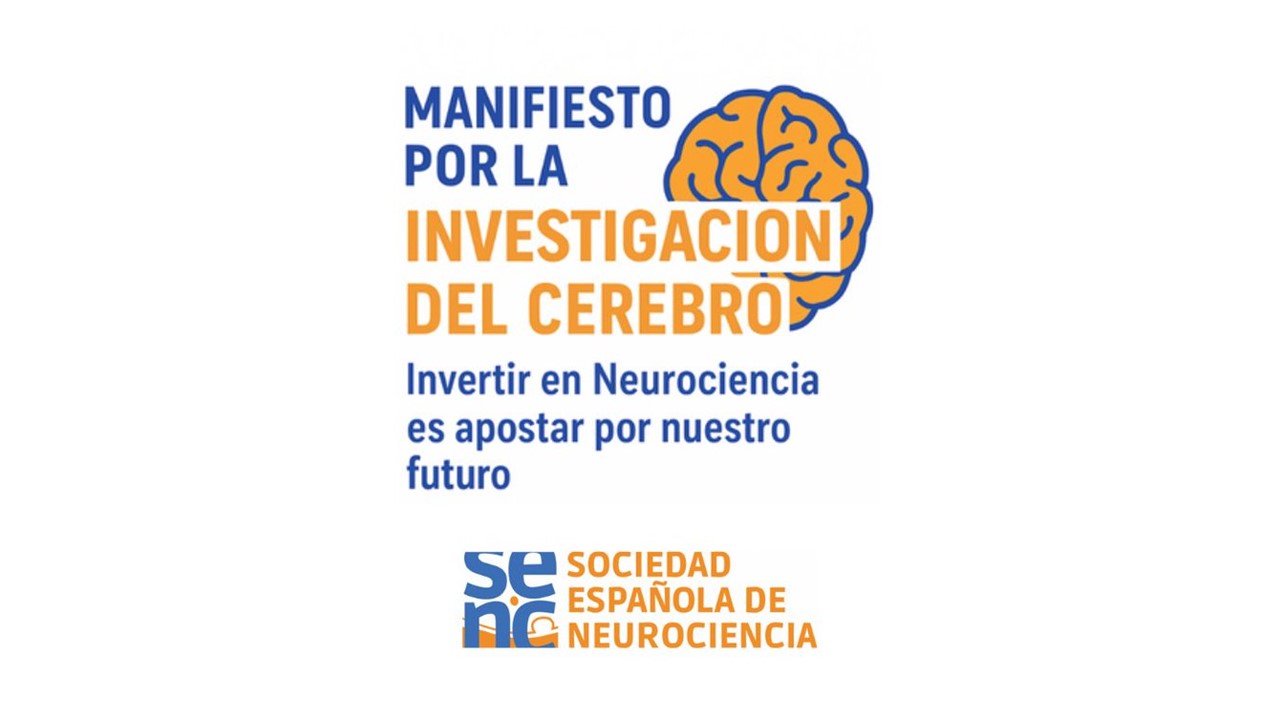
Looking for volunteers to participate in a Neuroscience study
15 10 2025
AnderoLab is looking for volunteers to participate in a study investigating how sex, the menstrual cycle, and hormonal levels influence emotional memory modulation. If you are interested, please, fill in the form.

FDA grants orphan drug designation to INc-developed gene therapy for ALS
06 08 2025
The treatment, licensed to Klotho Neurosciences, is based on a technology developed at the Institute.
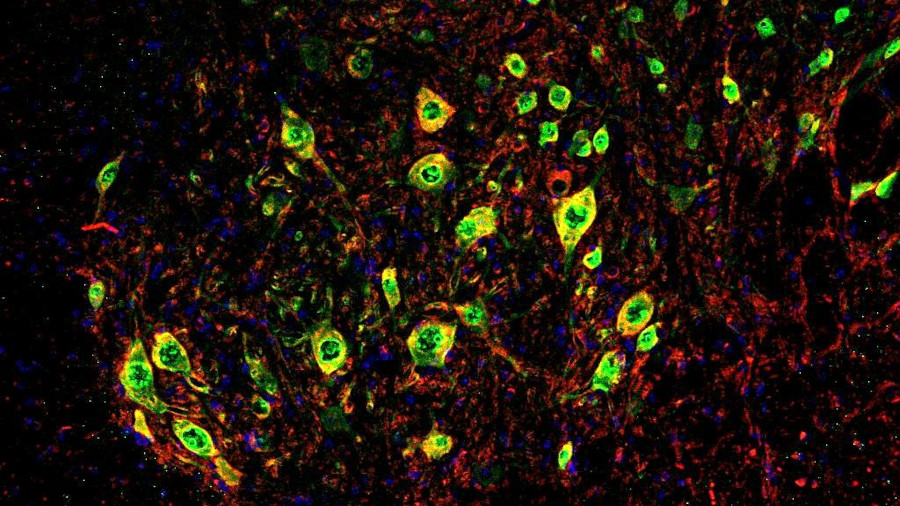
Honorable Mention in the UAB Argó Awards
30 07 2025
Two students from Institut Les Vinyes have received an Honorable Mention in the 2025 Argó Awards from the UAB for their research project, developed in collaboration with the research group led by Dr. Lydia Giménez-Llort.
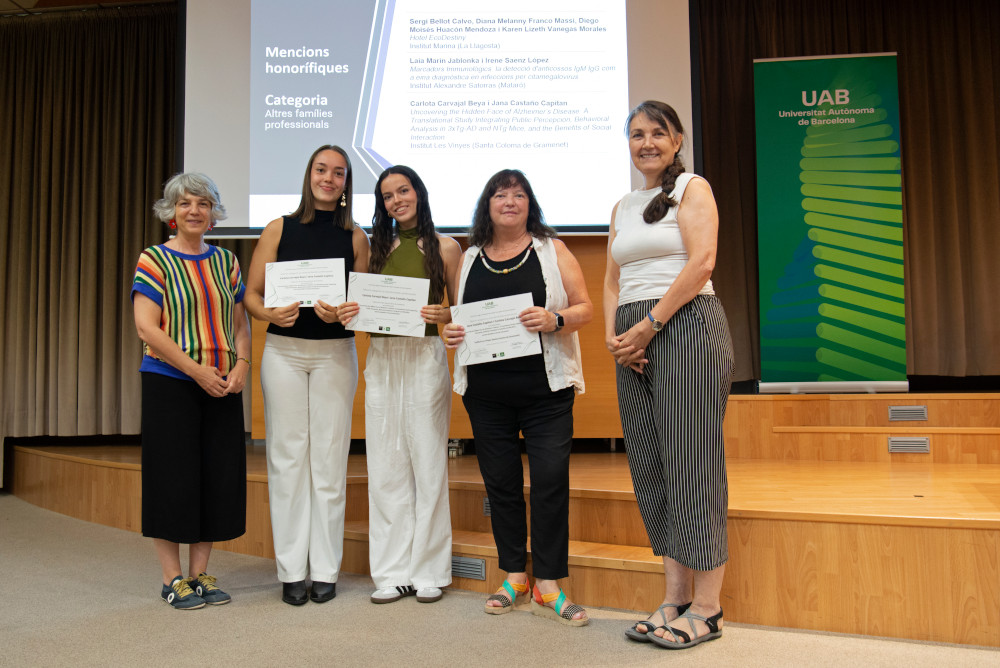
New strategy to improve the body's tolerance to prosthetic implants
30 06 2025
An international research team, with the participation of the Neuroplasticity and regeneration research group, has developed a new solution to reduce the immune response triggered by neural prosthetics used after limb amputations or severe nerve injuries. The approach consists of coating the electronic implants (which connect the prosthetic device to the patient’s nervous system) with a potent anti-inflammatory drug. This coating helps the body better tolerate the implant, improving its long-term performance and stability.

The Miniscopes workshop was a great success!
12 06 2025
The first edition of the advanced in vivo calcium imaging workshop using Miniscopes took place at the Institute from June 10 to 12. This intensive course, organized by AnderoLab, equipped participants with essential skills to study neuronal activity in freely moving rodents.
